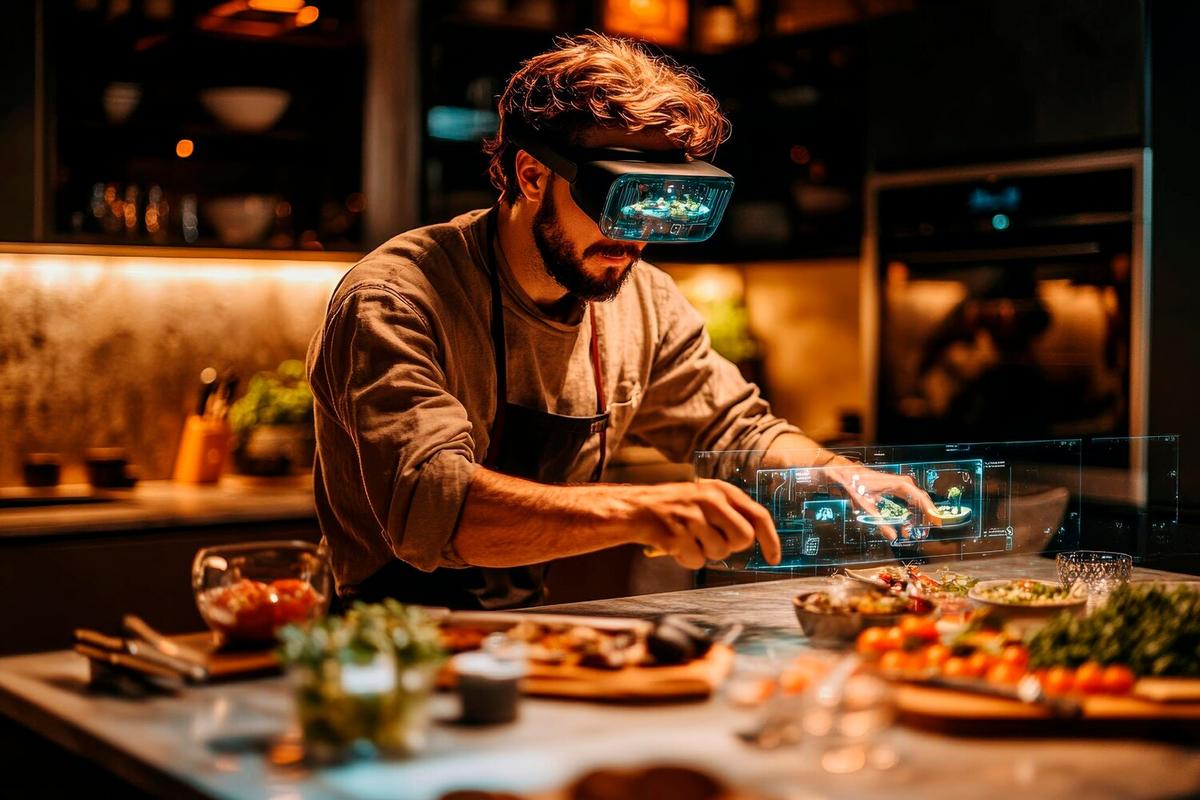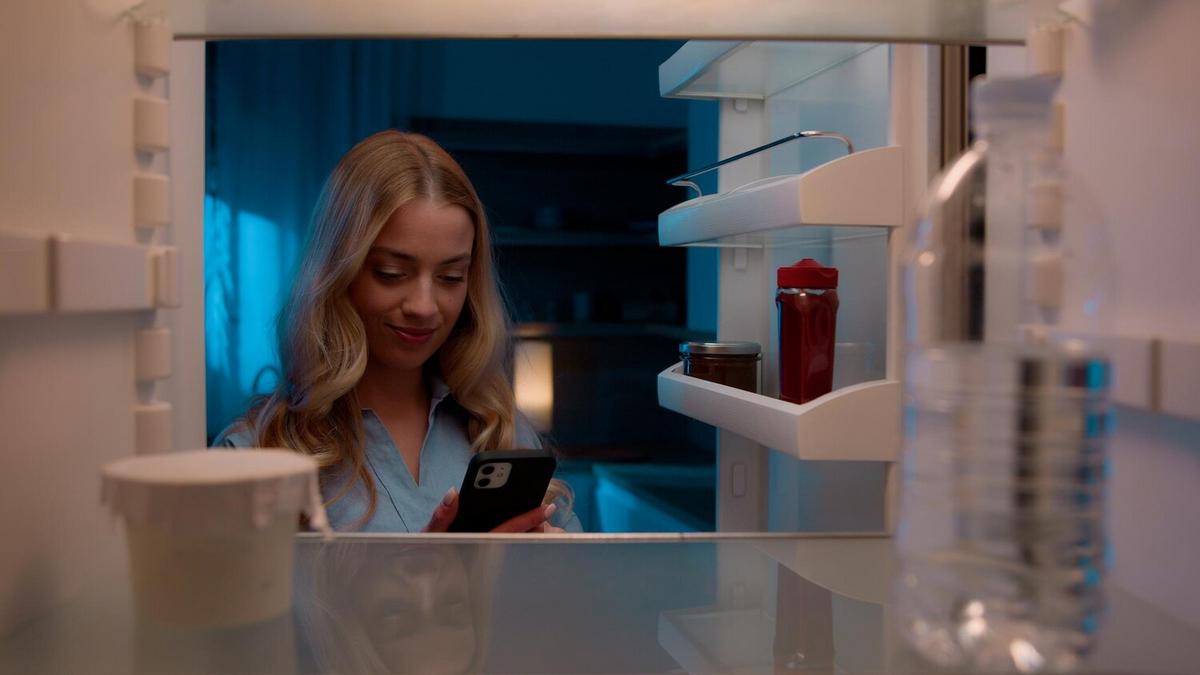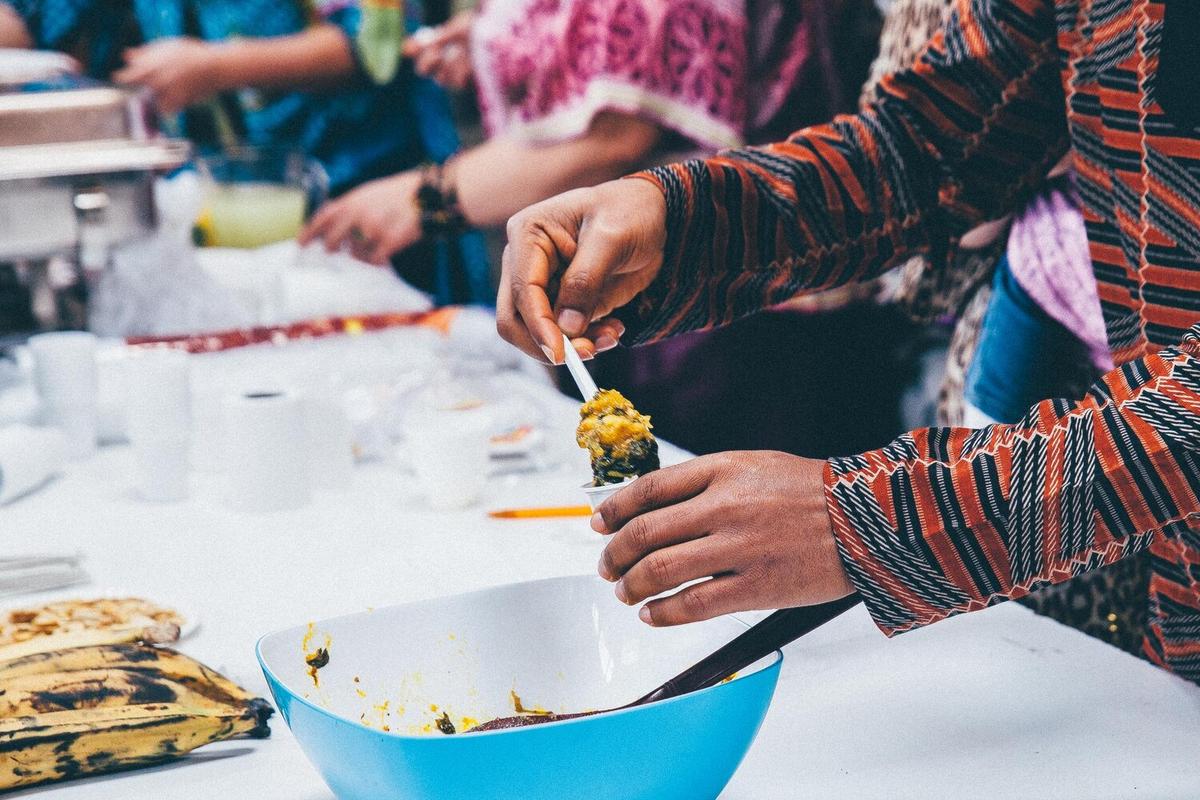
3D Food Printing: The Next Frontier in Culinary Arts
Imagine a world where your culinary creativity is only limited by your imagination. 3D food printing is emerging as a revolutionary tool in the culinary arts, offering endless possibilities for crafting intricate and personalized dishes with precision and flair. This innovative technology is reshaping how we think about food preparation, presentation, and consumption, making it a hot topic of discussion among chefs, technologists, and food enthusiasts alike.
The Rise of 3D Food Printing
3D food printing is not just a futuristic concept; it’s becoming a reality in kitchens around the world. This technology leverages the principles of additive manufacturing, where layers of food ingredients are precisely placed to create complex structures. According to a report by MarketsandMarkets, the global 3D food printing market is projected to grow from $201 million in 2021 to $525 million by 2026, highlighting its increasing popularity and demand.
Expert Insights
Dr. Chia-Hsuan Yeh, a leading researcher in food technology, emphasizes that 3D food printing offers a sustainable solution by reducing food waste and allowing the use of alternative ingredients. ‘This technology can revolutionize the way we approach food sustainability and nutrition,’ she notes.
Innovative Applications
From creating intricate chocolate decorations to personalized nutrition solutions, the applications of 3D food printing are vast. For instance, NASA has experimented with this technology to provide astronauts with personalized meals during space missions, ensuring they receive the necessary nutrients while in orbit.
Getting Started with 3D Food Printing
If you’re considering venturing into 3D food printing, here are some actionable tips:
- Research different 3D food printers available in the market to find one that suits your needs.
- Experiment with simple designs and recipes before moving on to more complex creations.
- Join online communities or forums to connect with other enthusiasts and share experiences.
Comparison Table
| Feature | 3D Food Printing | Traditional Cooking |
|---|---|---|
| Precision | High | Medium |
| Customization | High | Medium |
| Speed | Varies | Varies |
| Waste Reduction | Yes | No |
| Equipment Cost | High | Low |
| Ingredient Variety | Limited | Wide |
| Skill Requirement | Technical | Artistic |
| Innovative Potential | High | Medium |
Frequently Asked Questions
What is 3D food printing?
3D food printing uses technology to create edible items by layering ingredients in precise patterns.
Can I use any ingredient in a 3D food printer?
Not all ingredients are suitable for 3D printing. Typically, ingredients need to be pureed or in a paste form to be used effectively.
Is 3D food printing cost-effective?
While the initial cost of a 3D food printer can be high, it can lead to savings in the long run through reduced waste and the ability to use alternative ingredients.
How does 3D food printing impact sustainability?
3D food printing can enhance sustainability by minimizing food waste and allowing for the use of sustainable ingredients.
Conclusion
3D food printing stands at the forefront of culinary innovation, merging technology with gastronomy in exciting ways. As the technology matures, it promises to transform not just how we create and enjoy food, but also how we address global challenges such as food security and sustainability. Embrace the potential of 3D food printing and explore the new culinary horizons it offers.


